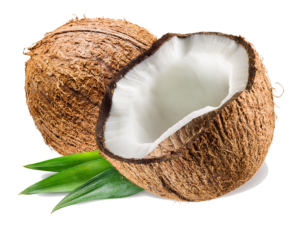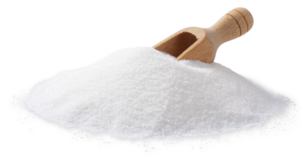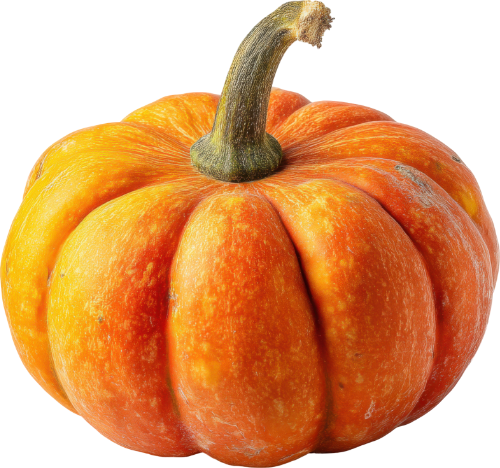— COOKING WITH CANNABIS —
MAKE ALL THE TASTY TREATS
Get ready to transform your kitchen into a haven for delicious, infused treats! The 3 recipes below are enough to infuse just about anything you can eat!
Cooking with THC isn’t just about adding cannabis to butter. To get the most out of your weed you need to understand decarboxylation. THC-A is non-psychoactive; it’s the inactivated precursor to THC (Delta-9-tetrahydrocannabinol, or Δ-9 THC), which produces the psychoactive “high” effect. To achieve that high, you need to convert inactivated THC-A into activated THC. This is accomplished through a process called decarboxylation – the removal of CO₂.
Even inactivated THC-A offers many therapeutic benefits, such as:
- Helping with chronic immune system disorders.
- Anti-inflammatory properties.
- Anti-proliferative effects
- Helping control muscle spasms.
Mark whatever you are storing your edibles in with a clear warning. This ensures everyone knows exactly what they’re getting. Sweets left out are always a temptation, and an unsuspecting person might eat two or three cookies and be sidelined for hours. These treats are a drug, and people need to know what they are before popping them into their mouths, so remember:
KEEP OUT OF REACH OF CHILDREN
And a final word of warning: IF YOU COOK WITH WEED, YOUR KITCHEN WILL SMELL LIKE WEED
Now for the fun stuff:
gather your ingredients
EQUIPMENT NEEDED:
- Digital Temperature Gun
- Digital Scale
- Paint-straining bags or cheesecloth
- Large Bowl
- Strainer
- Rubber Gloves
FOOD NEEDED:
- 1 Stick of Butter
- OR
- 1/2 Cup Coconut Oil
- OR
- 1/2 cup Granulated Sugar &
- 151-Proof or Higher Alcohol
FLOWER NEEDED:
- Level 1: 1.5 Grams
- Level 2: 3 Grams
- Level 3: 6 Grams
CONCENTRATE NEEDED:
- Level 1: 1/4 Gram
- Level 2: 1/2 Gram
- Level 3: 3/4+ Grams
1 tablespoon = about 18.75 mg THC
12 edibles: about 12.5 mg THC each
18 edibles: about 8.3 mg THC each
1 tablespoon = about 37.5 mg THC
12 edibles: about 25 mg THC each
18 edibles: about 16.6 mg THC each
1 tablespoon = about 75 mg THC
12 edibles: about 50 mg THC each
18 edibles: about 33.3 mg THC each
DECARBOXYLATE YOUR WEED
Decarboxylate the cannabis:
- Preheat your oven to 250°F.
- Place the ground cannabis in a small, heat-proof baking dish.
- Bake for 15−20 minutes, then use your digital temperature gun to check the cannabis temperature. Once it reaches 250°F, continue baking for another 30 minutes, checking the temperature frequently. (This process also removes any moisture from the plant material.)
- Remove from the oven and let cool. If not using immediately, store in an airtight container in a dark place for up to 2 months.
Caution: If the temperature goes too high for too long, the cannabis can burn, THC may convert to CBN (a cannabinoid with sedative effects), and you’ll lose potency.




